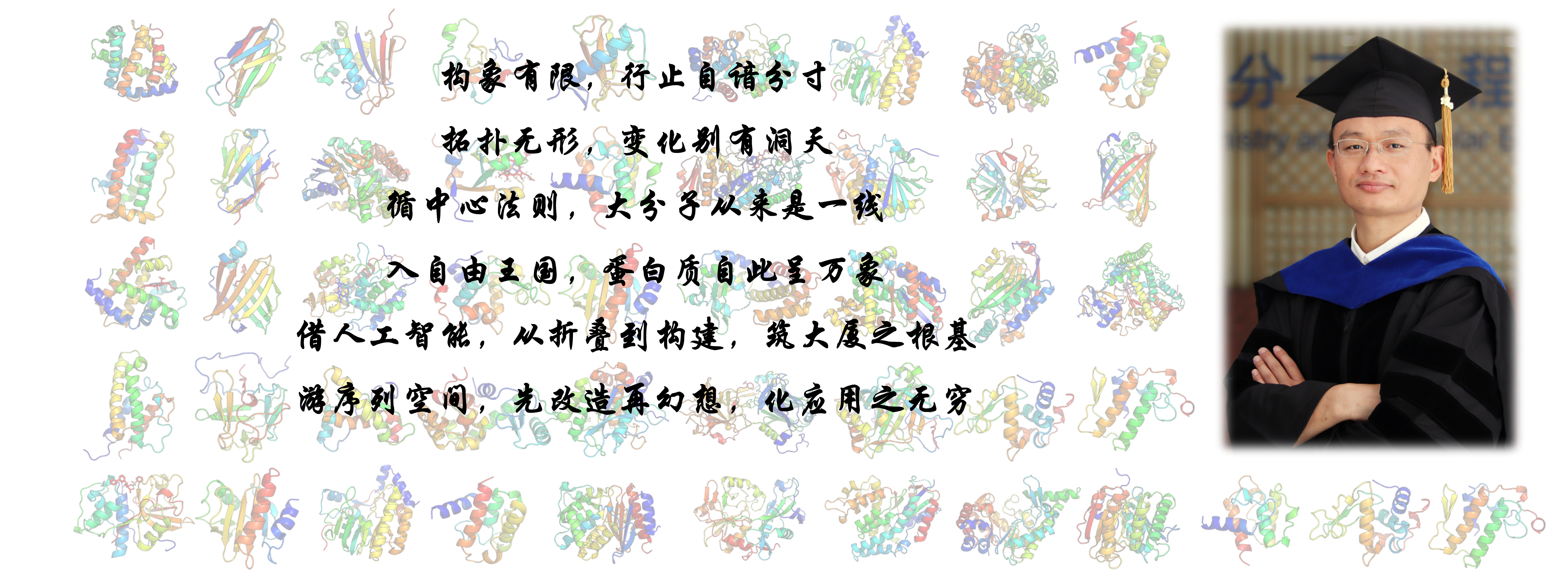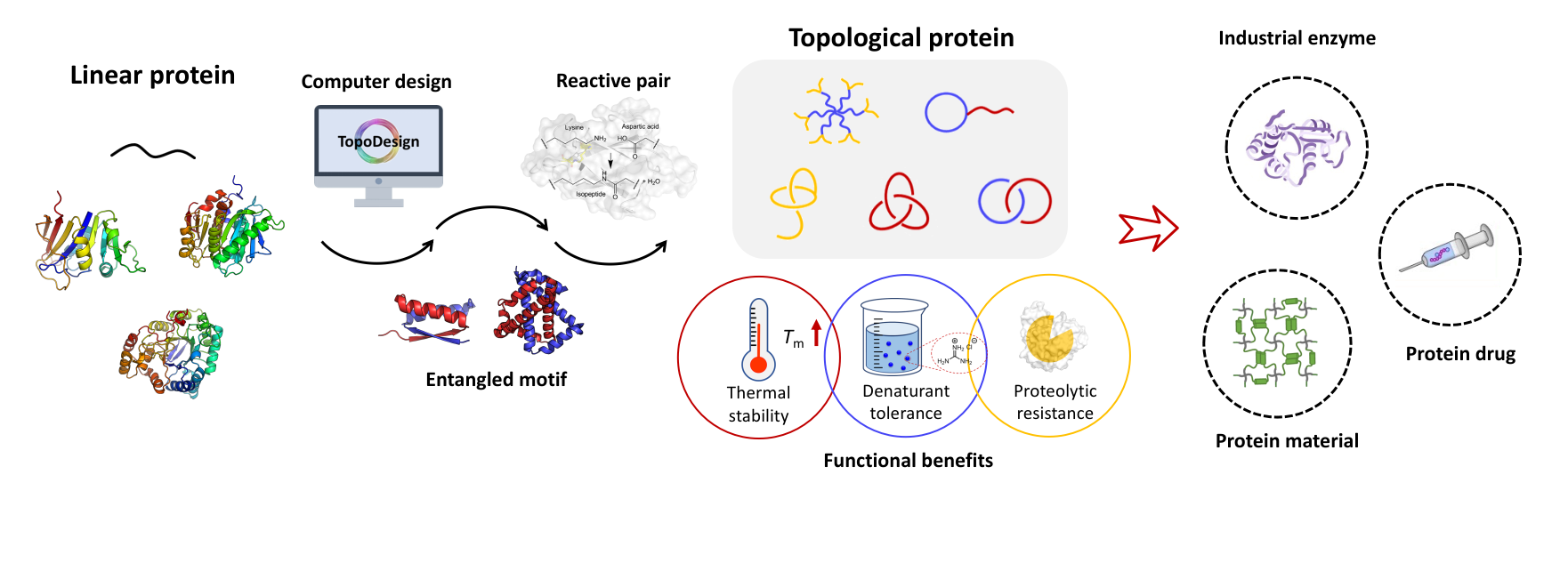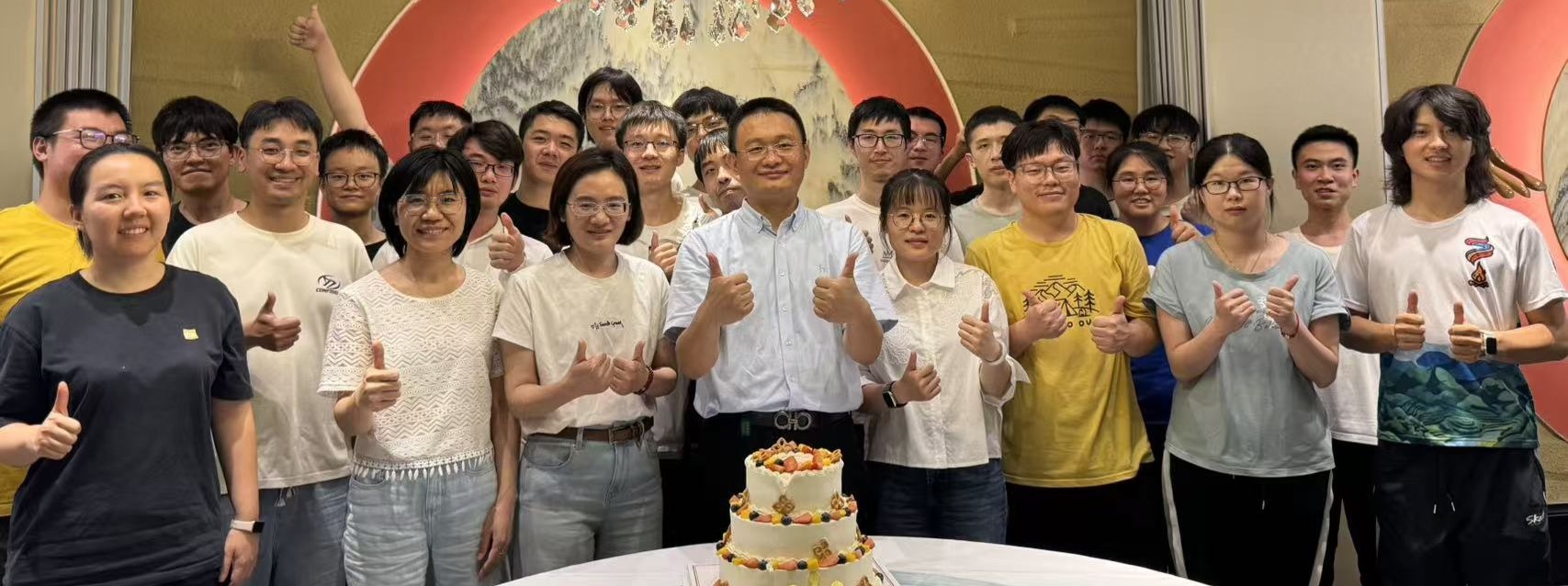Quotes
在科学上没有平坦的大道,只有那些不畏艰险沿着陡峭山路攀登的人,才有希望达到光辉的顶点。
----马克思
-----------------------------------------------
Research Projects
Collaborations
请有兴趣的研究组联系我们。欢迎任何形式的合作,尤其是在自组装、水凝胶以及生物医药等方向的合作。
------------------------------------------
Publications
Dong, X.-H.; Lu, X.; Ni, B.; Chen, Z.; Yue, K.; Li, Y.; Newkome, G.R.; Zhang, W.-B.;* Cheng, S.Z.D.* Effects of Molecular Geometry on the Self-Assembly of Giant Polymer-Dendron Conjugates in Condensed State. Soft Matt. 2014, 10, 3200-3208. [Link] [PDF]

Abstract
A series of giant polymer–dendron conjugates with a dendron head and a linear polymer tail were synthesized via “click” chemistry between azide-functionalized polystyrene (PSN, N: degree-of-polymerization) and t-butyl protected, alkyne-functionalized second generation dendron (tD), followed by a deprotection process to generate a dendron termini possessing nine carboxylic acid groups. The molecular structures were confirmed by nuclear magnetic resonance, size-exclusion chromatographic analyses, and matrix-assisted laser desorption ionization time-of-flight mass spectra. These well-defined conjugates can serve as a model system to study the effects of the molecular geometries on the self-assembly behaviour, as compared with their linear analogues. Four phase morphologies found in flexible linear diblock copolymer systems, including lamellae, bicontinuous double gyroids, hexagonal packed cylinders, and body-centred cubic packed spheres, were observed in this series of conjugates based on the results of small angle X-ray scattering and transmission electron microscopy. All of the domain sizes in these phase separated structures were around or less than 10 nm. A ‘half’ phase diagram was constructed based on the experimental results. The geometrical effect was found not only to enhance the immiscibility between the PSN tail and dendron head, but also systematically shift all of the phase boundaries towards higher volume fractions of the PSN tails, resulting in an asymmetrical phase diagram. This study may provide a pathway to the construction of ordered patterns of sub-10 nm feature size using polymer–dendron conjugates.






